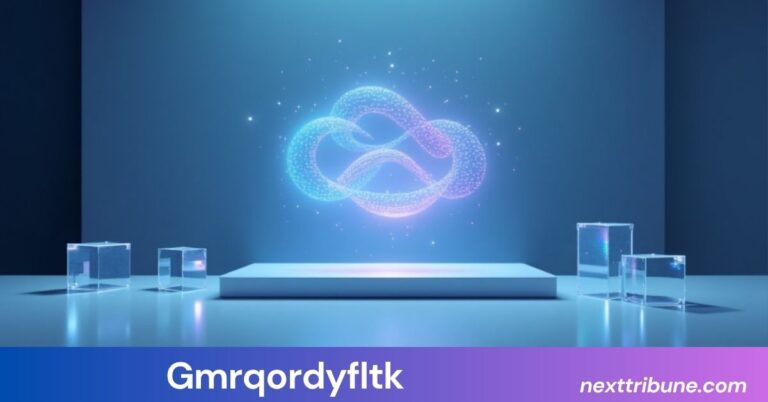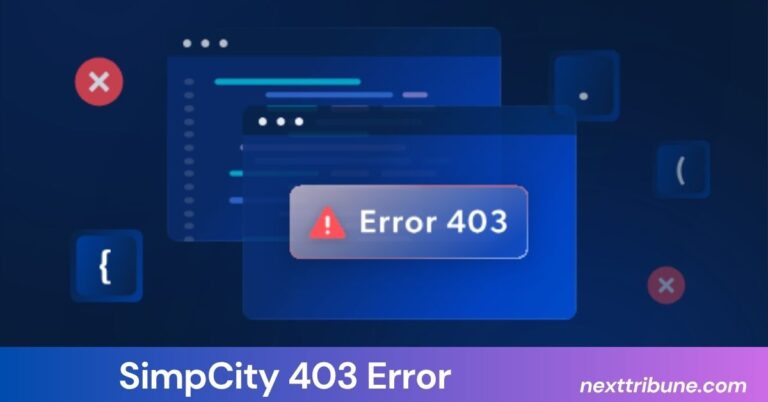
The Game Boy Advance (GBA) remains one of the most beloved handheld gaming systems in history. Its iconic games, like Pokémon FireRed, The Legend of Zelda: A Link to the Past, and Metroid Fusion, continue to captivate retro gaming enthusiasts. With modern advancements, players have turned to emulators and shaders to enhance the visual experience of these classic games. One popular shader option is Sonkun shaders. However, some users have found that Sonkun shaders make GBA look off, affecting their enjoyment of the retro graphics.
In this article, we will explore why Sonkun shaders make GBA look off, dive into the effects on the visuals of classic GBA titles, and provide insights into how these shaders impact your gaming experience. We will also offer solutions for those who want to preserve the authentic pixel art while using shaders for enhancement.
What Are Sonkun Shaders?
Before we understand why Sonkun shaders make GBA look off, let’s start by exploring what Sonkun shaders actually are.
Shaders are graphical effects used in modern emulators to modify the way games appear on your screen. They can adjust elements like lighting, color saturation, resolution, and more. Sonkun shaders are a specific type of shader used primarily in retro gaming emulators to simulate the visual look of old CRT monitors. They often include effects like scanlines, bloom, and color adjustments.
Sonkun shaders are popular among emulator users because they aim to replicate the aesthetic of older gaming systems. However, not everyone agrees that they improve the GBA experience, with many noting that Sonkun shaders make GBA look off.
Why Do Sonkun Shaders Make GBA Look Off?
1. Blurring the Pixel Art
One of the main reasons Sonkun shaders make GBA look off is the blurring effect they often apply. The Game Boy Advance’s pixel art was designed with sharp, clear edges that give it a distinctive, retro feel. The sharpness of pixelated images contributes to the charm of GBA games. However, when using Sonkun shaders, the pixel art can become blurred, making the image look softer and less defined.
This blurring can reduce the crispness of the graphics, which many players find disappointing. Pixel art is an important part of retro gaming, and when shaders distort it, it takes away from the nostalgic feeling that many players expect from GBA games.
2. Excessive Scanlines
Sonkun shaders often include scanline effects, which are intended to simulate the look of CRT screens. While this effect can work well for older consoles like the NES or SNES, it doesn’t always translate well to the GBA. Sonkun shaders make GBA look off by applying scanlines too heavily. This can make the image look darker and harder to see, diminishing the clarity of the gameplay.
The scanlines may also clash with the GBA’s small screen size and low resolution, making the visual experience more of a distraction than an enhancement. While some people enjoy the CRT aesthetic, others find that excessive scanlines are too harsh, especially on modern displays.
3. Color Accuracy Issues
Another reason why Sonkun shaders make GBA look off is the alteration of color accuracy. The Game Boy Advance’s display had a relatively limited color palette compared to modern screens. However, the colors were carefully chosen to give each game its own unique visual identity. When Sonkun shaders are applied, they may distort the colors, making them too vibrant or overly saturated.
This issue can be particularly noticeable with games that have specific color schemes, such as Pokémon Ruby and Sapphire or Castlevania: Aria of Sorrow. The altered colors can make the graphics look unnatural, taking away from the charm of the original designs.
4. Resolution Mismatch
The GBA’s screen resolution was low compared to modern devices. While this resolution helped create the retro feel, Sonkun shaders make GBA look off by attempting to upscale the graphics. The result is often a mismatched resolution where the original pixel art is either stretched or compressed, leading to a blurry or jagged appearance. This can ruin the clean, sharp visuals that GBA games were known for.
Some players prefer to use shaders that preserve the original resolution of the game, avoiding the problems caused by upscaling. In these cases, Sonkun shaders make GBA look off because they don’t respect the native resolution of the console.
The Pros and Cons of Sonkun Shaders for GBA Emulation
Pros:
- Retro Aesthetic: For some players, Sonkun shaders enhance the nostalgic feel by simulating the look of old CRT TVs.
- Customizability: Many emulators allow players to adjust shader settings, providing a degree of flexibility in how the game looks.
- Variety of Effects: Sonkun shaders come with a wide range of effects, such as bloom, sharpening, and ambient occlusion, which can create unique visual styles.
Cons:
- Blurry Visuals: The blurring effect on pixel art can make the game look less sharp and reduce the clarity of the gameplay.
- Scanline Overload: Excessive scanlines can obscure details and make the game harder to enjoy.
- Color Shifts: Distorted colors can change the visual experience of a game and affect its original charm.
- Resolution Problems: Shaders can ruin the native resolution of GBA games, leading to a mismatch between the graphics and the display.
How to Fix the “Off” Look: Solutions for Better GBA Emulation
For those who prefer a clearer, more faithful retro gaming experience, here are a few tips for fixing the issues caused by Sonkun shaders:
1. Switch to a Less Aggressive Shader
If you find that Sonkun shaders make GBA look off, consider switching to a less aggressive shader. Some shaders are designed to provide subtle enhancements without distorting the visuals too much. Look for shaders that preserve the pixel art’s sharpness and don’t apply excessive scanlines or color alterations.
Also Read: Pawziel Full Version 2: The Ultimate Pet Health Management Tool
2. Adjust the Shader Settings
Many emulators allow players to adjust shader settings. If you still want to use Sonkun shaders, try reducing the intensity of the effects. Lower the scanline density, disable excessive bloom, and fine-tune the color saturation. This can help achieve a more balanced look without losing the retro aesthetic.
3. Use Integer Scaling for Resolution
To avoid issues with resolution mismatch, use integer scaling. This scaling method preserves the original resolution of the game, ensuring that the pixel art remains sharp and unaltered. Many emulators have options for integer scaling, which can help maintain the clarity of GBA graphics.
4. Experiment with Alternative Shaders
If Sonkun shaders continue to make GBA look off, try experimenting with other shader packs. Some shaders are designed specifically for GBA games, and they may provide a better experience without compromising the visual quality. Look for shaders that offer a more faithful reproduction of the original display without excessive effects.
Conclusion: The Balance Between Nostalgia and Enhancement
In the world of retro gaming, shaders are a great way to enhance the visuals of classic titles. However, as Sonkun shaders make GBA look off, it’s clear that not all shaders are perfect for every game or every player. The key is to find a balance between the nostalgic charm of the GBA’s pixel art and the enhancements that modern technology can bring. By experimenting with different shaders, adjusting settings, and using resolution-preserving methods, you can find the perfect visual experience for your Game Boy Advance games.
Also Read: Thenewjobz.com: Revolutionizing Job Search for Modern Professionals
FAQs About Sonkun shaders make GBA look of
What are Sonkun shaders?
Sonkun shaders are a type of graphical effect used in retro gaming emulators to simulate the look of older CRT screens. They often include scanlines, bloom, and color adjustments to replicate the aesthetic of classic gaming systems.
Why do Sonkun shaders make GBA look off?
Sonkun shaders can blur the pixel art, apply excessive scanline effects, and alter the original color accuracy of GBA games, leading to a visual experience that some players find disappointing.
How can I improve the look of GBA games with Sonkun shaders?
You can improve the look by adjusting the shader settings to reduce scanline effects, lowering the intensity of color adjustments, and using integer scaling to preserve the original resolution.
Are there alternatives to Sonkun shaders?
Yes, there are many alternative shaders designed for retro gaming that provide different levels of enhancement without distorting the original visuals. Experimenting with different shader packs can help you find one that suits your preferences.
What is the best way to preserve the original look of GBA games?
To preserve the original look, use shaders that maintain pixel sharpness, avoid excessive scanlines, and keep the color palette faithful to the original GBA display. Integer scaling is also a good choice to prevent resolution issues.



